The title says it all.
Here by Richard McGuire
 This lovely graphic novel chronicles the entire history of one small space of earth. In 8,000 BCE a bog trickles out to the edges of the page; while in 1989, a house has been built on that very spot and two couples share cocktails and jokes in front of a dated coffee table. The geographical location never wavers, but to watch time weave in and out, changing the curtains,
This lovely graphic novel chronicles the entire history of one small space of earth. In 8,000 BCE a bog trickles out to the edges of the page; while in 1989, a house has been built on that very spot and two couples share cocktails and jokes in front of a dated coffee table. The geographical location never wavers, but to watch time weave in and out, changing the curtains, the rivers, and the wildlife- it feels so strange to have so much history sandwiched between so few pages. A mother stands in front of a window in the corner of the room and shows her baby the moon, and a bison sleeps exactly where the hearth will be in over 10,000 years.
the rivers, and the wildlife- it feels so strange to have so much history sandwiched between so few pages. A mother stands in front of a window in the corner of the room and shows her baby the moon, and a bison sleeps exactly where the hearth will be in over 10,000 years.
I Was Told There’d Be Cake by Sloane Crosley
More books of essays, always, is my motto. Slone Crosley has set up camp with authors like David Sedaris, Kelly Oxford, and Jenny Lawson. In her perfectly hilarious collection of recollections and murmurings on her own life and the lives of those who surround her, Crosley salutes the normal, the every day, the stupid. There is a piece about toy ponies in a kitchen drawer.
 Get In Trouble: Stories by Kelly Link
Get In Trouble: Stories by Kelly Link
I already wrote a blog about how great this book is. Read it here.
My Favorite Things by Maira Kalman
 Okay people. Why does no one buy Maira Kalman’s books?? This is beyond me. Kalman, writer, painter, children’s book author and illustrator, collaborator, art lover, and student of life, has put out yet another thoughtful and heart-tugging book. My Favorite Things is a collection of thoughts, memories, and objects that have gathered significance over the years. Similar to And The Pursuit of Happiness and The Principles of Uncertainty, My Favorite Things attributes poignant meaning to even the smallest of things. Instead of feeling forced or overly emotional, Kalman keeps her thoughts short and simple.
Okay people. Why does no one buy Maira Kalman’s books?? This is beyond me. Kalman, writer, painter, children’s book author and illustrator, collaborator, art lover, and student of life, has put out yet another thoughtful and heart-tugging book. My Favorite Things is a collection of thoughts, memories, and objects that have gathered significance over the years. Similar to And The Pursuit of Happiness and The Principles of Uncertainty, My Favorite Things attributes poignant meaning to even the smallest of things. Instead of feeling forced or overly emotional, Kalman keeps her thoughts short and simple.
“There is no reason to save tickets and stubs. They are tiny and inconsequential. But I do save them and remember that number twenty-three was from the coat check at the restaurant where I ate the lemon tart. The number is so elegant and honest. And the lemon tart was SO GOOD.”
The Who, the What, and the When by Jenny Volvovski, Julia Rothman, and Matt Lamothe
 This book sheds light on the lives of people who lived in the shadows of their famous spouses, bosses, friends, and neighbors. Each mini biography is a page long, paired with unique portraits from more than 40 artists. Included in this collection is Charles Bukowski’s editor, Coco Chanel’s lover, Al Capone’s mentor, and Emily Dickinson’s dog. Did you know that Rosalind Franklin discovered that DNA had two forms and her research allowed Francis Crick and James D. Watson to prove the helix shape of DNA? Yeah well, now you do.
This book sheds light on the lives of people who lived in the shadows of their famous spouses, bosses, friends, and neighbors. Each mini biography is a page long, paired with unique portraits from more than 40 artists. Included in this collection is Charles Bukowski’s editor, Coco Chanel’s lover, Al Capone’s mentor, and Emily Dickinson’s dog. Did you know that Rosalind Franklin discovered that DNA had two forms and her research allowed Francis Crick and James D. Watson to prove the helix shape of DNA? Yeah well, now you do.
The Enchanted by Rene Denfeld
 Rene Denfeld stuns with this crystal clear novel about a death row inmate during his last days and the movements of his death penalty investigator as she tries desperately to uncover the truth surrounding his case. This novel is an incredibly hard sell because of the subject matter, but never have I experienced a book so concisely and exquisitely written. In the words of a customer, “not a word is wasted”. The Enchanted is set in a timeless, fuzzy landscape that is intent on keeping to the background so that the characters can take the main stage. It is a quiet, still book, with gleaming bits of gold shining through the cracks.
Rene Denfeld stuns with this crystal clear novel about a death row inmate during his last days and the movements of his death penalty investigator as she tries desperately to uncover the truth surrounding his case. This novel is an incredibly hard sell because of the subject matter, but never have I experienced a book so concisely and exquisitely written. In the words of a customer, “not a word is wasted”. The Enchanted is set in a timeless, fuzzy landscape that is intent on keeping to the background so that the characters can take the main stage. It is a quiet, still book, with gleaming bits of gold shining through the cracks.
The Book of Beetles: A Life-Size Guide to Six Hundred of Nature’s Gems edited by Patrice Bouchard
 I have spent hours looking at this book. Hours. When it was given to me as a birthday gift, I feared that it would simply sit on my shelf, collecting dust after one thorough looking-through, but in the few months since it was given to me, I have taken it back out and poured over it again and again. The encyclopedic collection documents hundreds of different types of beetles, their countries of origin, eating habits, mating rituals, significant physical markers, and include a life-size photo of each specimen. You guys, I don’t even like beetles. Except now I do. Strange how knowledge creates passionate curiosity. Please don’t shy away from this book just because you think bugs are icky. Pick it up, because nature is freaking awesome.
I have spent hours looking at this book. Hours. When it was given to me as a birthday gift, I feared that it would simply sit on my shelf, collecting dust after one thorough looking-through, but in the few months since it was given to me, I have taken it back out and poured over it again and again. The encyclopedic collection documents hundreds of different types of beetles, their countries of origin, eating habits, mating rituals, significant physical markers, and include a life-size photo of each specimen. You guys, I don’t even like beetles. Except now I do. Strange how knowledge creates passionate curiosity. Please don’t shy away from this book just because you think bugs are icky. Pick it up, because nature is freaking awesome.











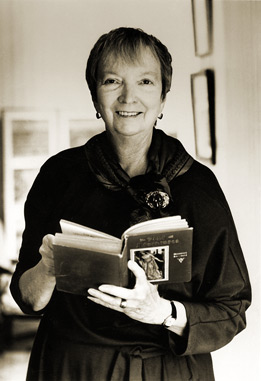
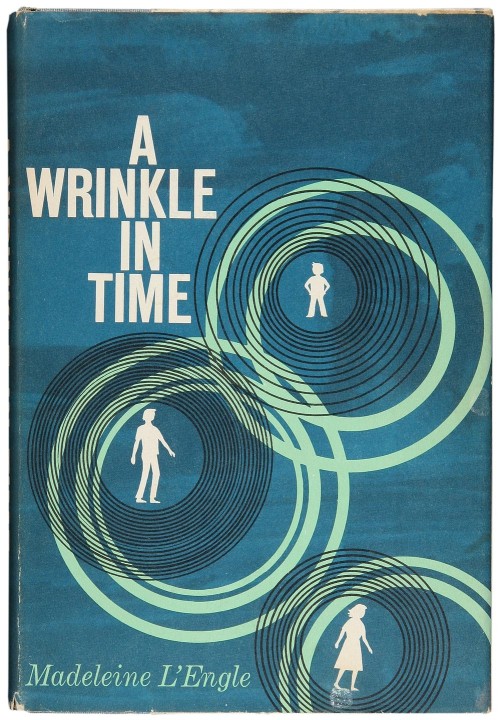

 This lovely graphic novel chronicles the entire history of one small space of earth. In 8,000 BCE a bog trickles out to the edges of the page; while in 1989, a house has been built on that very spot and two couples share cocktails and jokes in front of a dated coffee table. The geographical location never wavers, but to watch time weave in and out, changing the curtains,
This lovely graphic novel chronicles the entire history of one small space of earth. In 8,000 BCE a bog trickles out to the edges of the page; while in 1989, a house has been built on that very spot and two couples share cocktails and jokes in front of a dated coffee table. The geographical location never wavers, but to watch time weave in and out, changing the curtains, the rivers, and the wildlife- it feels so strange to have so much history sandwiched between so few pages. A mother stands in front of a window in the corner of the room and shows her baby the moon, and a bison sleeps exactly where the hearth will be in over 10,000 years.
the rivers, and the wildlife- it feels so strange to have so much history sandwiched between so few pages. A mother stands in front of a window in the corner of the room and shows her baby the moon, and a bison sleeps exactly where the hearth will be in over 10,000 years. Get In Trouble: Stories
Get In Trouble: Stories  Okay people. Why does no one buy Maira Kalman’s books?? This is beyond me. Kalman, writer, painter, children’s book author and illustrator, collaborator, art lover, and student of life, has put out yet another thoughtful and heart-tugging book. My Favorite Things is a collection of thoughts, memories, and objects that have gathered significance over the years. Similar to And The Pursuit of Happiness and The Principles of Uncertainty, My Favorite Things attributes poignant meaning to even the smallest of things. Instead of feeling forced or overly emotional, Kalman keeps her thoughts short and simple.
Okay people. Why does no one buy Maira Kalman’s books?? This is beyond me. Kalman, writer, painter, children’s book author and illustrator, collaborator, art lover, and student of life, has put out yet another thoughtful and heart-tugging book. My Favorite Things is a collection of thoughts, memories, and objects that have gathered significance over the years. Similar to And The Pursuit of Happiness and The Principles of Uncertainty, My Favorite Things attributes poignant meaning to even the smallest of things. Instead of feeling forced or overly emotional, Kalman keeps her thoughts short and simple. This book sheds light on the lives of people who lived in the shadows of their famous spouses, bosses, friends, and neighbors. Each mini biography is a page long, paired with unique portraits from more than 40 artists. Included in this collection is Charles Bukowski’s editor, Coco Chanel’s lover, Al Capone’s mentor, and Emily Dickinson’s dog. Did you know that Rosalind Franklin discovered that DNA had two forms and her research allowed Francis Crick and James D. Watson to prove the helix shape of DNA? Yeah well, now you do.
This book sheds light on the lives of people who lived in the shadows of their famous spouses, bosses, friends, and neighbors. Each mini biography is a page long, paired with unique portraits from more than 40 artists. Included in this collection is Charles Bukowski’s editor, Coco Chanel’s lover, Al Capone’s mentor, and Emily Dickinson’s dog. Did you know that Rosalind Franklin discovered that DNA had two forms and her research allowed Francis Crick and James D. Watson to prove the helix shape of DNA? Yeah well, now you do. Rene Denfeld stuns with this crystal clear novel about a death row inmate during his last days and the movements of his death penalty investigator as she tries desperately to uncover the truth surrounding his case. This novel is an incredibly hard sell because of the subject matter, but never have I experienced a book so concisely and exquisitely written. In the words of a customer, “not a word is wasted”. The Enchanted is set in a timeless, fuzzy landscape that is intent on keeping to the background so that the characters can take the main stage. It is a quiet, still book, with gleaming bits of gold shining through the cracks.
Rene Denfeld stuns with this crystal clear novel about a death row inmate during his last days and the movements of his death penalty investigator as she tries desperately to uncover the truth surrounding his case. This novel is an incredibly hard sell because of the subject matter, but never have I experienced a book so concisely and exquisitely written. In the words of a customer, “not a word is wasted”. The Enchanted is set in a timeless, fuzzy landscape that is intent on keeping to the background so that the characters can take the main stage. It is a quiet, still book, with gleaming bits of gold shining through the cracks. I have spent hours looking at this book. Hours. When it was given to me as a birthday gift, I feared that it would simply sit on my shelf, collecting dust after one thorough looking-through, but in the few months since it was given to me, I have taken it back out and poured over it again and again. The encyclopedic collection documents hundreds of different types of beetles, their countries of origin, eating habits, mating rituals, significant physical markers, and include a life-size photo of each specimen. You guys, I don’t even like beetles. Except now I do. Strange how knowledge creates passionate curiosity. Please don’t shy away from this book just because you think bugs are icky. Pick it up, because nature is freaking awesome.
I have spent hours looking at this book. Hours. When it was given to me as a birthday gift, I feared that it would simply sit on my shelf, collecting dust after one thorough looking-through, but in the few months since it was given to me, I have taken it back out and poured over it again and again. The encyclopedic collection documents hundreds of different types of beetles, their countries of origin, eating habits, mating rituals, significant physical markers, and include a life-size photo of each specimen. You guys, I don’t even like beetles. Except now I do. Strange how knowledge creates passionate curiosity. Please don’t shy away from this book just because you think bugs are icky. Pick it up, because nature is freaking awesome.
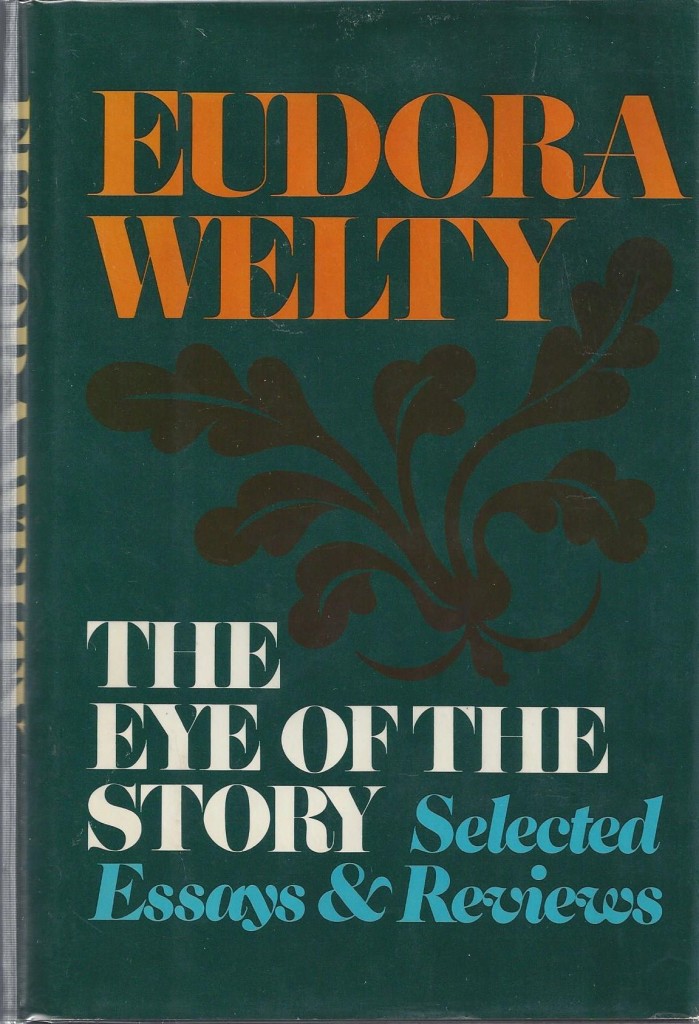
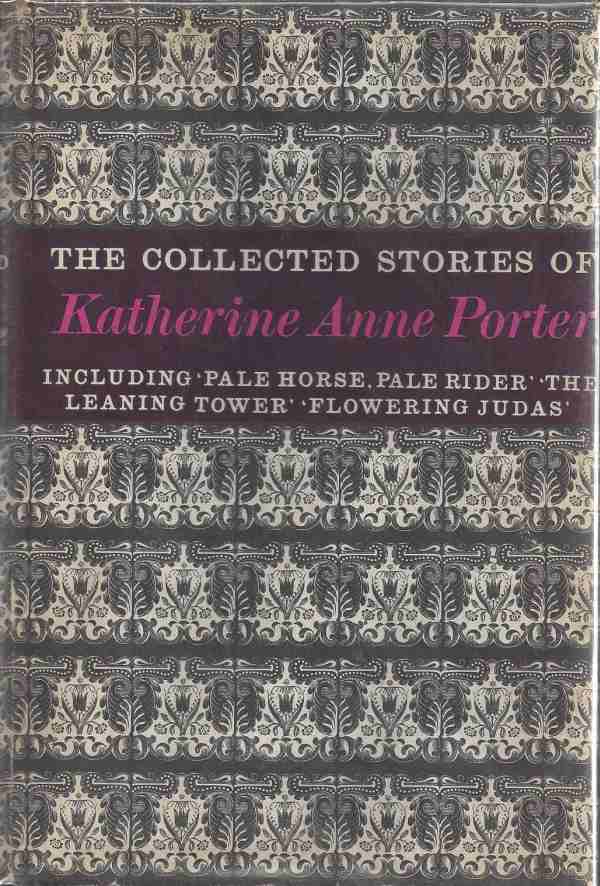
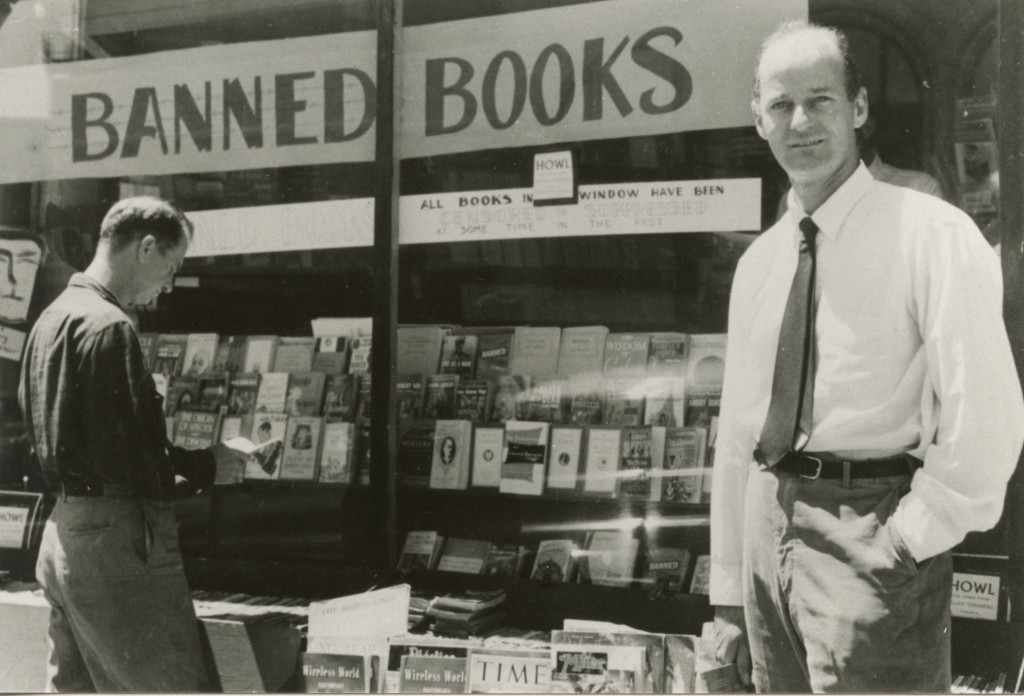 Three hundred and fifty independent bookstores across America celebrate their tenacity and appreciation for their customers on Saturday, May 2—including Mississippi Independent Bookstores.
Three hundred and fifty independent bookstores across America celebrate their tenacity and appreciation for their customers on Saturday, May 2—including Mississippi Independent Bookstores. 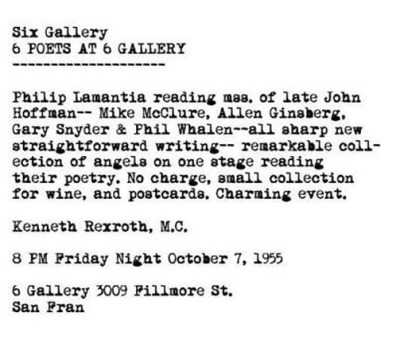

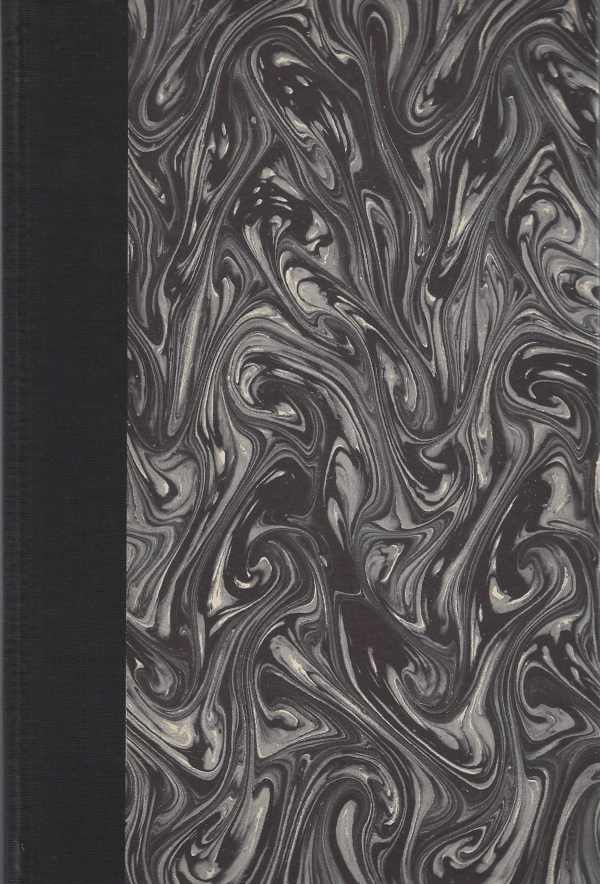
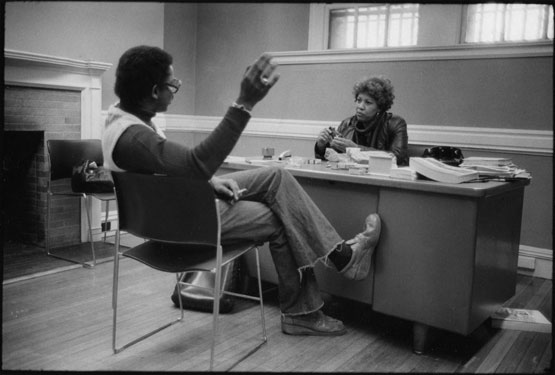
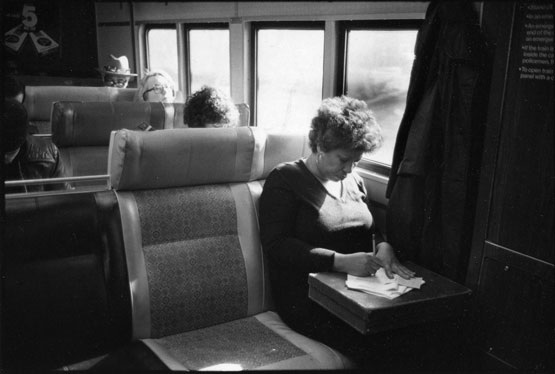
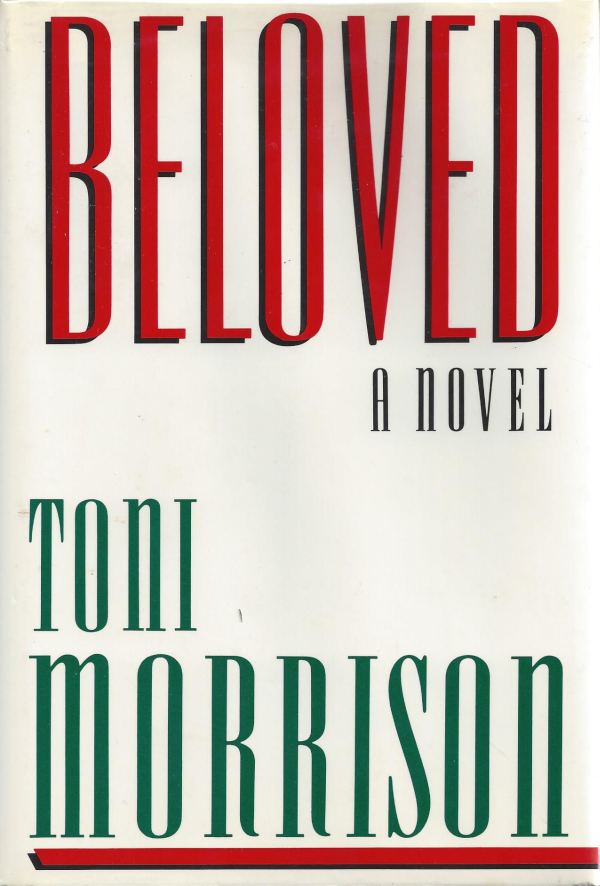
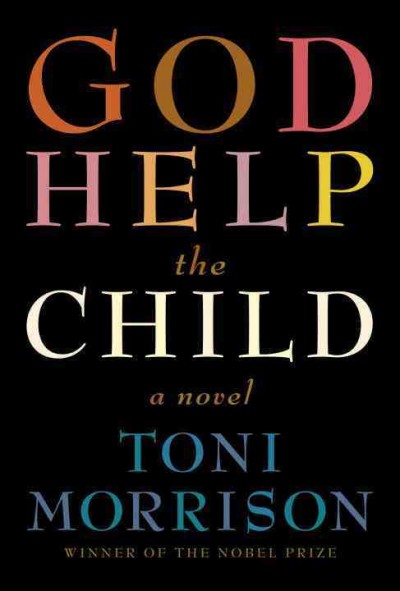
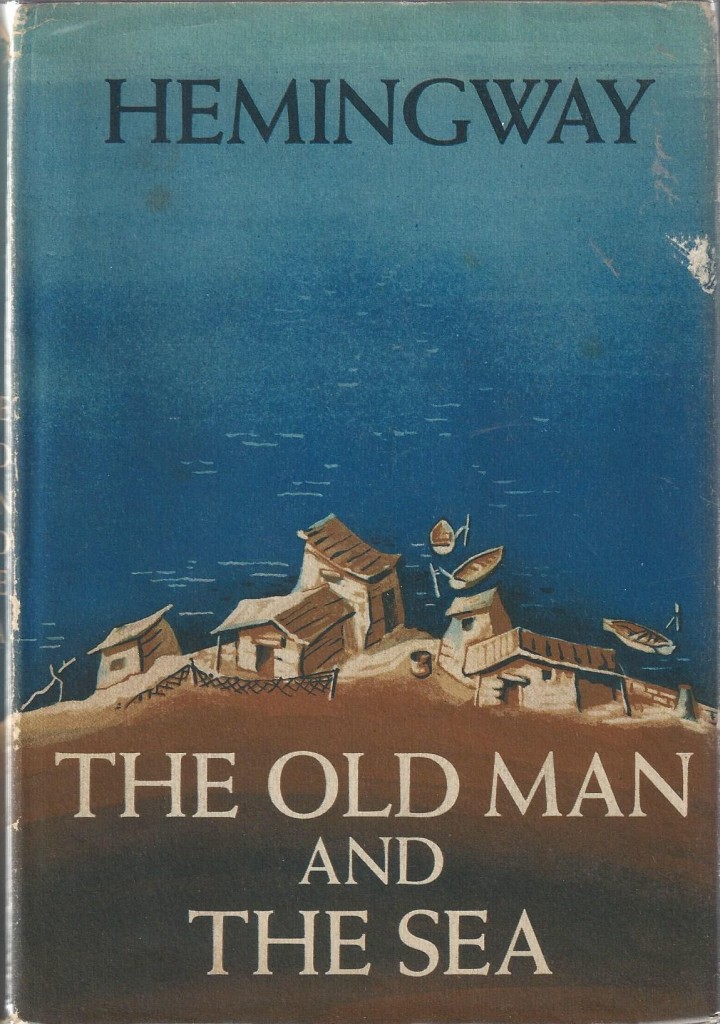
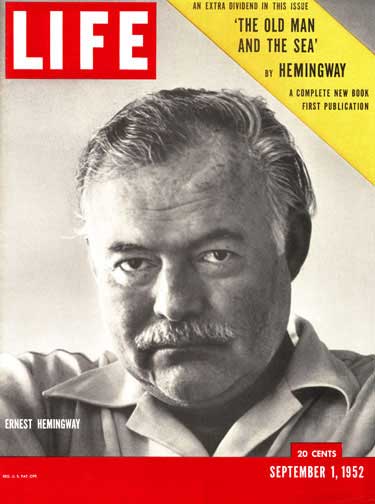 Hemingway wrote to Daniel Longwell, LIFE Editorial Board Chairman:
Hemingway wrote to Daniel Longwell, LIFE Editorial Board Chairman: 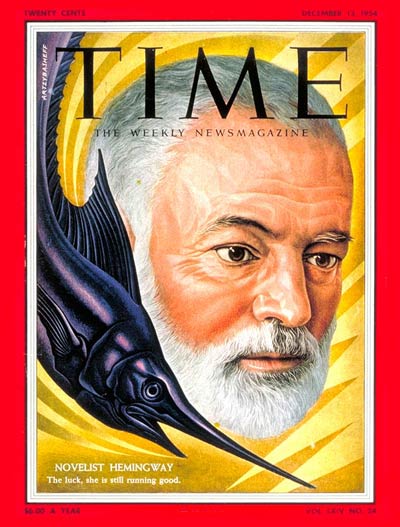 After winning the hearts of Americans, the Pulitzer and Nobel Prizes, Hemingway reflected on the novel in a December 1954 interview with Time magazine:
After winning the hearts of Americans, the Pulitzer and Nobel Prizes, Hemingway reflected on the novel in a December 1954 interview with Time magazine:


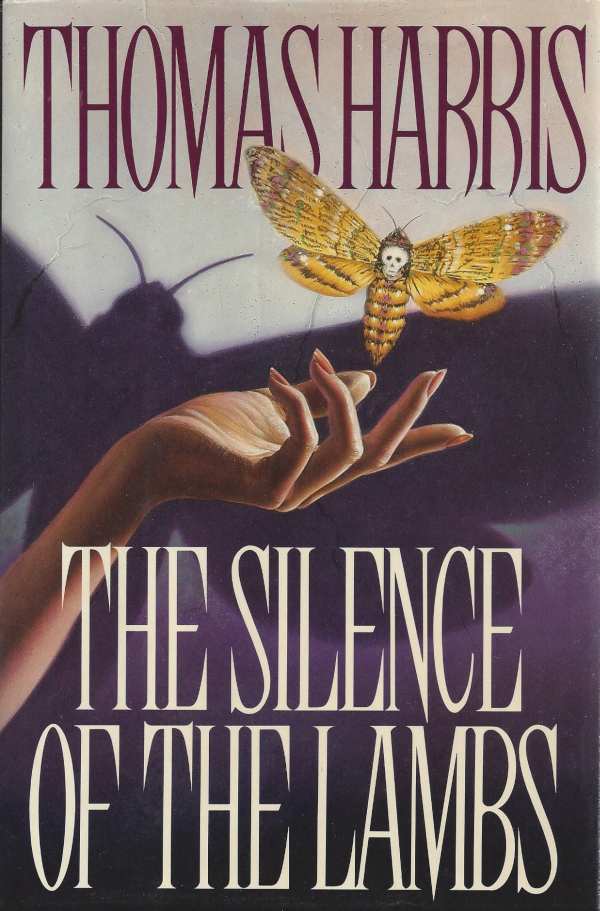
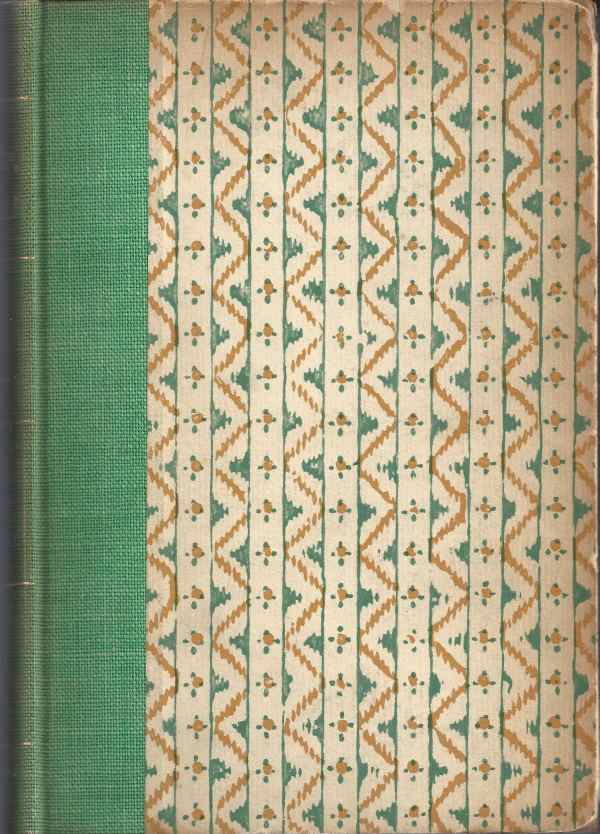
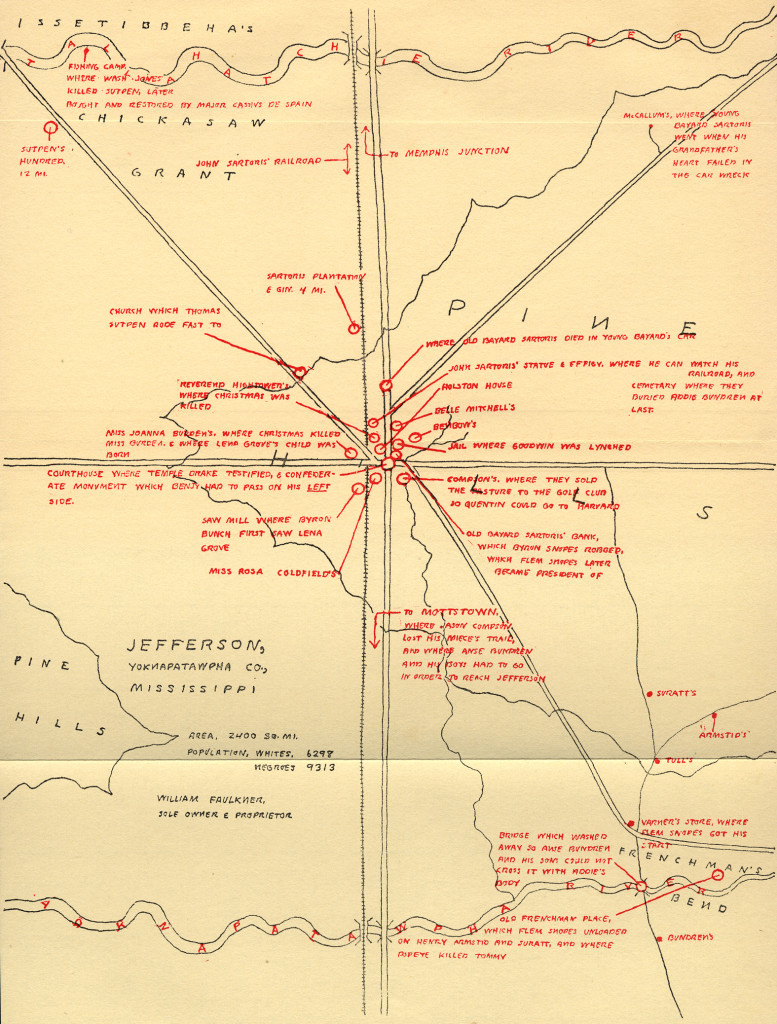 Certainly, no one was more aware of the complexity of “Absalom” than Faulkner himself. After much editorial work, Faulkner created three reader’s guides to appear at the end of the book: a genealogy, a chronology, and a map of Yoknapatawpha County. The map was special because the publisher had to pay extra to have it tipped in to the first 6,000 copies; the map was also printed in two colors. Random House was eager to make the book as beautiful as possible because “Absalom” was Random House’s first Faulkner book to publish. Earlier that year, Bennett Cerf of Random House had bought Smith & Haas, a small publisher that had been struggling to make a profit even though it had a line of great authors. Cerf wrote in his
Certainly, no one was more aware of the complexity of “Absalom” than Faulkner himself. After much editorial work, Faulkner created three reader’s guides to appear at the end of the book: a genealogy, a chronology, and a map of Yoknapatawpha County. The map was special because the publisher had to pay extra to have it tipped in to the first 6,000 copies; the map was also printed in two colors. Random House was eager to make the book as beautiful as possible because “Absalom” was Random House’s first Faulkner book to publish. Earlier that year, Bennett Cerf of Random House had bought Smith & Haas, a small publisher that had been struggling to make a profit even though it had a line of great authors. Cerf wrote in his